What is Rakdos Reanimator?
Rakdos Reanimator is a deck that adopts the core of the already known Rakdos Midrange and adds a combo line, where it seeks to put Atraxa, Grand Unifier from the graveyard to the battlefield with The Cruelty of Gix.
While this combination can "steal" games on its own, the archetype's general posture is to act as a Midrange, proposing trades with the opponent while extending the match to the point its greater threats, such as Sheoldred, the Apocalypse, takes control of the game.
Ad
The Decklist
The list below is what I've been playing in ranked Standard games on Magic Arena.
It's pretty close to what's in the current Rakdos Reanimator pattern, with some slight changes to better adapt to the Metagame, and we'll delve into some of those choices below.
Maindeck

The combo is the main reason to play this deck.
Atraxa, Grand Unifier is currently the best creature in Standard. The potential of having a 7/7 threat with a dozen abilities on the board early would be enough to consider this strategy, but the Phyrexian Angel has an ability that allows its controller to pick an average of five out of the top ten cards of your deck, thus guaranteeing an absurd value.
The Cruelty of Gix is here to reanimate Atraxa, but its other abilities are important too. Its second chapter allows you to create the combo setup if you have Atraxa or a discard source in your hand. Another important point of this saga is that it chooses a creature from a graveyard to reanimate, and allows you to bring back the opponent's threats to your battlefield.

The discard sources needed to ensure Atraxa is in the graveyard before casting The Cruelty of Gix, or reaching its third chapter.
Bloodtithe Harvester offers a good body to pressure or trade in combat, and also acts as removal, and the token dropped by it can discard the Phyrexian Angel at Instant-Speed.
Fable of the Mirror-Breaker is still the most powerful card of Standard's current season. Its token creates important Treasures to speed up your game and/or cast Atraxa, Grand Unifier late-game, its second chapter allows you to recycle your hand and place your wincondition into the graveyard, and Reflections of Kiki-Jiki is a lethal combo alongside Bloodtithe Harvester.
Liliana of the Veil doesn't see as much play as she did at the start of the season, but her mix of disruptive effects and discard capability makes her the perfect Planeswalker for our strategy.

Our threats package to complement the Midrange strategy and punish opponents who focus too much on the combo.
Sheoldred, the Apocalypse is one of Standard's main winconditions today and punishes long games. She is a viable alternative to bring back with The Cruelty of Gix for dominating the match alone if left unanswered.
Reckoner Bankbuster is our other source of card advantage and another of the format's key cards. Three draws on a three-turn run is enough value to make it a must-have on Midrange mirrors, and the token it creates at the end of activations turns it into a long-term threat.
Junji, the Midnight Sky is a personal addition to the Midrange mirrors. A 5/5 body with flying and menace goes over several popular archetypes in the format today, and its trigger punishes the opponent for killing it by bringing Atraxa back to the battlefield.
Ad

Because we have multiple ways to recycle our hand, we can diversify our removals to deal with different situations.
Go for the Throat is the best direct answer against the main creatures of the format, and should be preserved in the first game to kill permanents like Sheoldred, the Apocalypse or Serra Paragon.
Abrade is a cheap early-game removal of almost every archetype at the top today, and also the best universal answer against Reckoner Bankbuster or other artifacts.
Cut Down is its cheap first-turn removal, great against Aggro decks and/or for killing Raffine, Scheming Seer as soon as it comes into play.
Brotherhood's End is a pseudo-sweeper against Aggro, and since they often appear in Magic Arena ranked, having a copy in the Maindeck is quite useful.

We have four copies of Duress in the maindeck, given how important this spell has become in Game 1, due to the potential to take away a high-impact removal or permanent such as Fable of the Mirror-Breaker or Wedding Announcement, while providing you with information about the opponent's gameplan.

A playset of the format's main dual lands allows for greater odds of accessing the right colors at the right time. And we need to be careful with Sulfurous Springs early-game due to the clock that Aggro decks can impose against you in the first few turns.

We also use some utility lands, such as Sokenzan, Crucible of Defiance and Takenuma, Abandoned Mire, as well as Xander's Lounge and Ziatora's Proving Ground, which in addition to being recycled, also grant access to blue and green mana in case we have to cast Atraxa.
Sideboard

Graveyard-based archetypes are on the rise lately, and we need effective answers to them.
Graveyard Trespasser is a mixture of threat with built-in protection, lifedrain and graveyard hate in a single creature. In addition to setting the clock, its presence on the board forces the opponent to close the combo on the same turn it puts Atraxa in the graveyard.
To deal with Reanimator even if it sets up on the same turn, we have Unlicensed Hearse, which in addition to serving as a graveyard hate on Instant-Speed, also grows each turn it remains in play and soon becomes a late-game threat.

We've expanded the removal package in Sideboard with a variety of options.
Go for the Throat is the most efficient removal of the format today, and there are games where a second copy of it is welcome. Sheoldred's Edict is more efficient when we need to deal with archetypes that cast fewer threats and/or Planeswalkers.
Ad
We increased the number of Cut Down on the Sideboard to improve our matchup against Aggro decks. Strangle also works well against Aggro and can kill 3/3 creatures that fall outside the scope of our other cheap removal, like Furnace Punisher.
Soul Transfer is an excellent resource for attrition matchups, where it can return a major threat to your hand while exiling an opponent's creature or Planeswalker. But its cost makes it slow against faster archetypes.

Finally, we have one more copy of Junji for the attrition games with many removals, where the game usually extends. Vraska, Betrayal's Sting also fits in these games by doubling as removal and card advantage, as well as having a game-winning ultimate in its own right.
Mulligan and Postures
Despite having a combo, our deck behaves like a Midrange. Therefore, your starting hand needs a relevant number of lands and interactions to start the game. And preferably, also contain a threat and/or value engine, such as Reckoner Bankbuster.
Having Atraxa in the starting hand along with a discard engine is a valid option, but multiple copies of it will be a problem if your opponent deals with your method of discarding it. Therefore, I don't recommend hands that only rely on the possibility of discarding several Atraxas and finding The Cruelty of Gix from the third turn onwards, as it makes your game too vulnerable to Duress or other disruptive effects.
Another important point of Rakdos Reanimator is that there are rare moments where it manages to start as the beatdown, due to having fewer creatures. Usually, its controller must deplete the opponent's resources while accumulating theirs, and in a Midrange mirror, knowing which threats to destroy and how to get the most out of your permanents will be essential, as the race doesn't favor you.
Sideboard Guide
Grixis Midrange
IN

OUT

Our best plan here involves trying to trade efficiently until we can close the combo early. Focus your discard mainly on Invoke Despair, as the 3-for-1 offered by it is very hard to come back after taking the first of them on the fifth turn, which might lead to a second on the next turn.
It's natural for the opponent to save Corpse Appraiser for when you play Atraxa in the graveyard, so try to play around that and extract value from them preserving that resource, or even force them to use the vampire by threatening The Cruelty of Gix into a Sheoldred, the Apocalypse.
Post-side, our opponent usually adds some graveyard hates, in addition to Negate and Disdainful Stroke. Both delay our game plan, so we need to play around and look to extend the game to start extracting value from our permanents with a more proactive stance.
Ad
Mono White Midrange
IN

OUT

Mono White Midrange seeks to extract value with permanents in play rather than cards in hand. This means that as long as you manage to keep their battlefield under control, the matchup is very favorable.
Your main plan here will be to reanimate Atraxa, as the opponent has little means to deal with her in the maindeck, while we have Duress to remove Planeswalkers and enough removals to hold the game and execute the combo.
Post-side, we removed Liliana of the Veil as there are a dozen 1/1 creatures for them to sacrifice, so Sheoldred's Edict does a better job of dealing with a specific permanent category, primarily Planeswalkers.
Brotherhood's End comes in as another hate against artifacts, as our opponents usually has Unlicensed Hearse, in addition to being a sweeper against Wedding Announcement and other smaller creatures.
Mono Red Aggro
IN

OUT

We have two ways to win the game against Mono Red: survive long enough to bring back Atraxa, or survive long enough to play Sheoldred, the Apocalypse.
In both cases, using the highest number of removals to hold the beatdown of the first turns is essential. In Game 1, our Duress needs to be directed to Chandra, Dressed to Kill or Mechanized Warfare and, in the absence of those, focus on spells like Lightning Strike.
On Games 2 and 3, our matchup improves as we remove pieces that are too slow for that game. Soul Transfer comes in because it's common for the opponent to resort to some Planeswalkers in attrition games, and we need efficient answers since we remove Duress.
Selesnya Toxic
IN

OUT

Just like against Mono Red, we win the match the moment we stabilize the combo. However, Selesnya Toxic is very efficient at protecting its threats with cards like Skrelv, Defector Mite, Tyvar's Stand and Valorous Stance (which also kills Atraxa), so be careful with the timing of your removals.
Another important point of this game is that, due to the poison counters, the 7/7 body with Lifelink in our wincondition doesn't guarantee absolute victory even when it is the largest creature in play, so keeping the opponent's board empty is much more important.
Esper Legends
IN

OUT

Esper Legends is one of our worst matchups, as they have a variety of threats in the deck who force us to make bad trades, not counting the four copies of Dennick, Pious Apprentice in their maindeck to disrupt our combo.
Ad
To have a chance of winning, we need to choose the targets of our removals well, since most of them demand an immediate response and/or extract some value for the opponent, in addition to trying to close the combo quickly to avoid being overwhelmed by the number of threats they put into play.
Mono Blue Tempo
Without Delver of Secrets
IN

OUT

With Delver of Secrets
IN

OUT

Mono Blue Tempo is not a deck where we can close the combo, and even if we do, their post-sideboard has Invoke the Winds and Witness Protection to deal with Atraxa.
In Games 2 and 3, we follow a traditional Midrange line, where we take advantage of the fact that they have few creatures to generate favorable exchanges while our creatures advance on the board.
We still need to worry about the possibility of a giant Haughty Djinn ending the game in a few turns, so Graveyard Trespasser and Unlicensed Hearse are great resources to delay their clock.
Atraxa Reanimator
IN

OUT

Neither player wants to put Atraxa in the graveyard too early because the opponent can steal it with The Cruelty of Gix, so both players look to perform a fair game until the game has extended to the point where the combo can be performed in the same turn.
From the sixth turn onwards, things get a little crazy because a dispute starts between both about who can extract more value from Atraxa, if it is in on a graveyard: one of the players will reanimate the angel just to draw four or five cards, and she will then be killed by the other player, who will then use their own The Cruelty of Gix to bring her back under their control and trigger her ability.
Post-Sideboard, the game's stance follows the attrition route, as both tend to put some graveyard hate in the deck. In general, it basically becomes a Midrange mirror where we need to force unfavorable trades from the opponent to establish our advantage.
Conclusion
That's all for today.
If you have any questions about a match or choice from the list, feel free to leave them in the comments.
Thanks for reading!
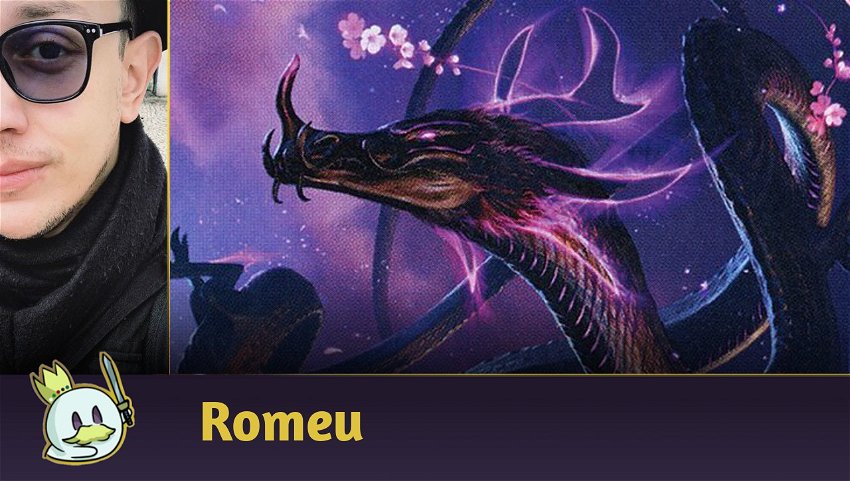



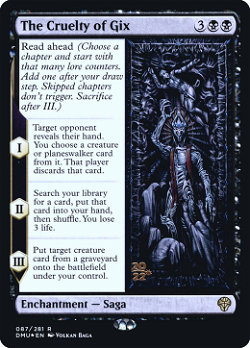
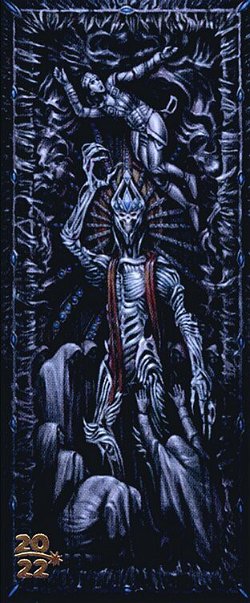
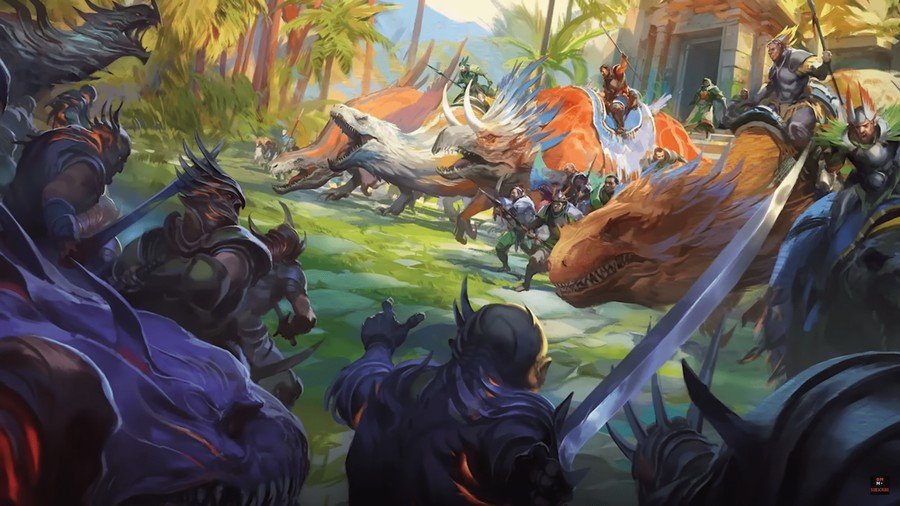
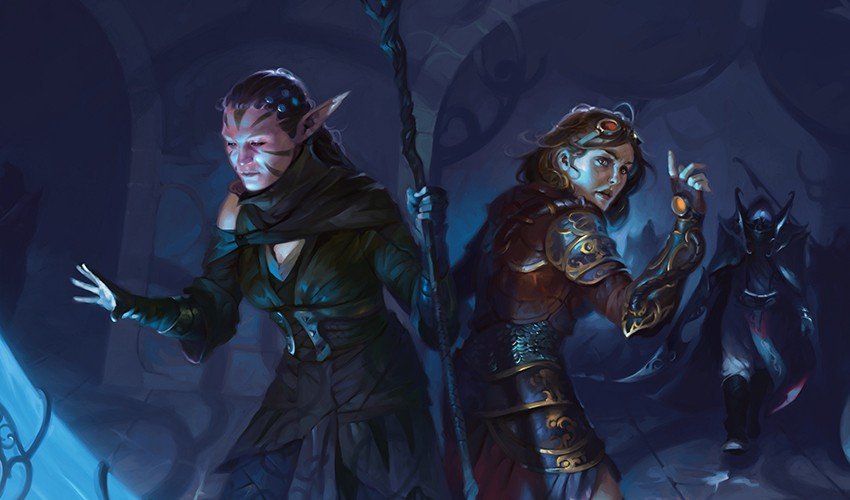



— Comentarios0
Se el primero en comentar